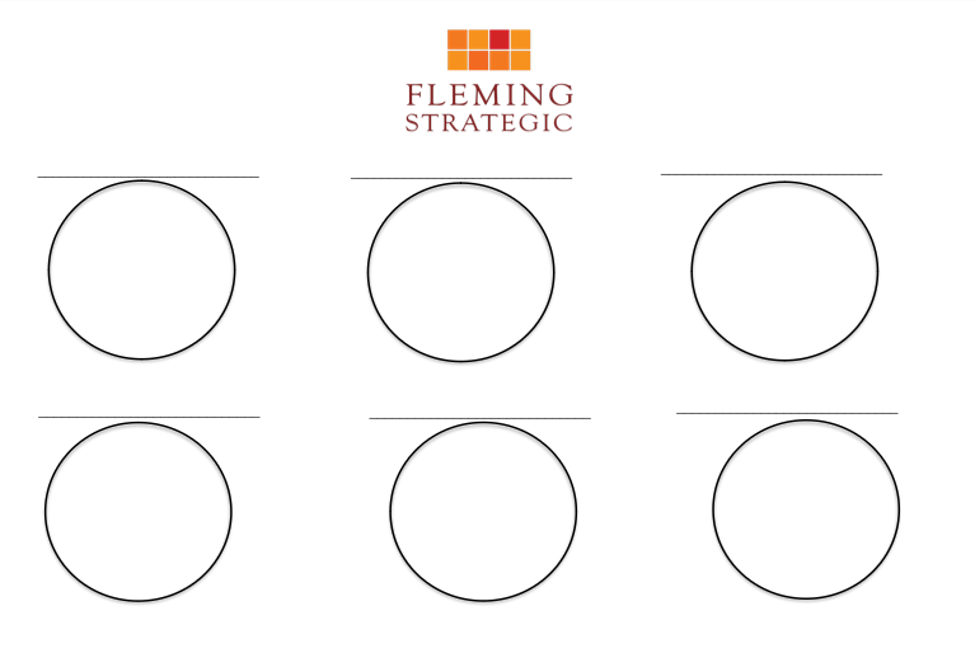Thank you and farewell!
Let me start with the big news: this is the final post you’ll be receiving from me. I’ve been working with lawyers on business development for nearly 20 years, and it’s time for a new adventure. Next month, I’ll be moving to 40 acres just west of Cheyenne, Wyoming, and everything within me tells me it’s time for a new season. I’ll be raising chickens,  planting vegetables, perhaps even raising some Highland cows or alpacas. I’ve also been reading up on restoring land, squeezing out weeds and encouraging growth of the native grasses without using pesticides, and I’d love to do that so we can leave the land better than we found it. This isn’t the life I envisioned when I graduated from law school thirty years ago, but it’s the life I’ve been working toward for many years.
planting vegetables, perhaps even raising some Highland cows or alpacas. I’ve also been reading up on restoring land, squeezing out weeds and encouraging growth of the native grasses without using pesticides, and I’d love to do that so we can leave the land better than we found it. This isn’t the life I envisioned when I graduated from law school thirty years ago, but it’s the life I’ve been working toward for many years.
Professionally, I’m shifting fully to writing creative nonfiction, working on a book about how midlife women can access the clarity and fierceness needed to make seemingly impossible changes and break the rules that don’t make sense for them. It’s based on what I’ve learned in the last decade or so as I made huge life changes that culminated in moving from the life I expected and planned in Atlanta to the life I most wanted in Wyoming. I’ll also be continuing to work with The Purple Sherpa, the nonprofit I founded to support people who are caring for family members living with dementia. A friend recently congratulated me on my retirement, but I see this change as a new movement in the symphony of life, not a coda.
Working with so many lawyers over the years has been deeply rewarding, and I’ve loved almost every minute of it. But my goals have changed, so the things I’m doing have to change as well.
The relationship between where we want to be in the future and what we do now to get there is at the foundation of a successful life—and successful business development. Let’s look at what that may mean for you.
What do you want from your practice? From your life? Although many business development recommendations skip these questions, I think they’re critical so that you can build a business development plan that will meet your objectives, not just one that will grow your practice. Let’s take a few examples so you see why I hold this position.
Every lawyer in private practice must focus on business development, and…
- If you’re a law firm associate who wants to make partner at a large law firm, you’ll want to focus first on internal networking so that you’re building strong relationships with more senior lawyers. You’ll also work at business development because you know that BD success or potential is generally required for election to partnership. When you reach a stage to be bringing in your own business, internal networking will continue to be a key part of your BD plan. Of course, because partnership is rarely a foregone conclusion, you’ll also network with lawyers at other firms where you might want to be partner so that you have alternative and perhaps more attractive paths toward your goal.
- If you’re an associate who wants to move to a smaller firm in the reasonably near future, you’ll want to emphasize networking with lawyers in smaller firms as well as with “bring in the business” work. When you land at your new firm, you’ll continue networking with other lawyers to some degree, but it will no longer be a primary part of your plans.Note that a similar principle applies if you’re a sole practitioner or working in a smaller firm and want to move to a larger firm. While you’ll spend the bulk of your time on business development activities, you’ll incorporate networking with lawyers in the kinds of firm you’d like to join.
- If you’re an associate who wants to go solo, you’ll focus on business development work such as building your professional profile and networking with potential clients and referral sources as well as doing the work necessary to be a good citizen of your law firm (business development for the firm, internal networking, etc.) until it’s time for you to make your move.
- If you have no desire to remain in private practice, you’ll do the “good firm citizen” work while you investigate your desired next position and meet people who can help you get there.
Knowing why you want to engage in business development is critical to make sure you reach your goals. Can you imagine being an associate who focused exclusively on internal networking, who decided that a boutique firm would be a better fit, who faced a difficult transition because for a lack of strong relationships with lawyers at boutique firms or portable business? It happens, and it’s an ugly place to be. Recovery is possible, but thinking ahead would avoid that problem.
I’ll leave these questions with you:
- What do you want from your practice? What kind of setting do you want to practice in? What role do you want to hold? What’s required to reach that objective?
- What kind of attorney do you want to be? How do you want to focus your practice? What kinds of clients do you want? How do you want to work with them?
- How do you want to spend your life? In practice, and if so, how? In some other kind of business, and if so, how (if at all) is it connected to your current practice? What do you need to do to get from here to there? If your goal is retirement, what financial security do you need to feel comfortable retiring, and how can you create that?
- What’s your timeline? While the best time to get started on a goal is always right now, your timeline may dictate what steps you take.For example, if you’re in practice and you need to bring in business ASAP (you’re short on work and none will be assigned to you by other lawyers or you’re facing a partnership decision in a year or two), you need to be meeting with the people who are most likely to retain you or refer business to you. If you want to retire from practice in the next five years and withdraw from a firm or sell your practice, you need to think about a succession plan, which may shift how you work to bring in new business. If you want to shift to a new substantive focus for your practice, you’ll start by focusing most of your time on building your knowledge and platform in the new area plus building contacts relevant to that practice, and over time the balance of your time will shift toward building your network in that new area.
- Based on your responses to these questions, what needs to change in your BD plan?
The happiest lawyers I have worked with have a clear objective for their professional and personal life and are working toward that. The most unhappy are those who are taking the next logical step based on what’s happening now without consciously deciding that they want to be where that step and the next and the next will take them. Circumstances and desires change, but if you don’t know what you want from your life, you can work hard and be productive toward an outcome you’d never choose. Don’t let that happen to you.
Finally, thank you for your years (many, many years for some of you!) of being on the BD journey with me. Earning a place in your inbox is a privilege I’ve never taken for granted. Please feel free to reach out if I can ever be of help. My email and website will remain active, and I’d love to hear from you.
Happy holidays, and here’s to a terrific new year!





